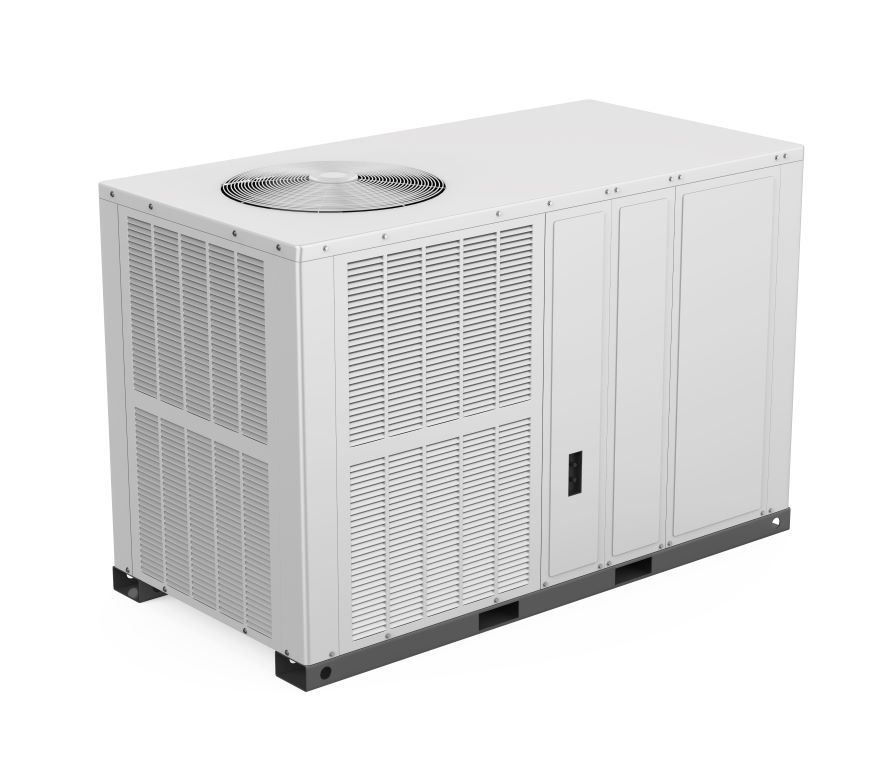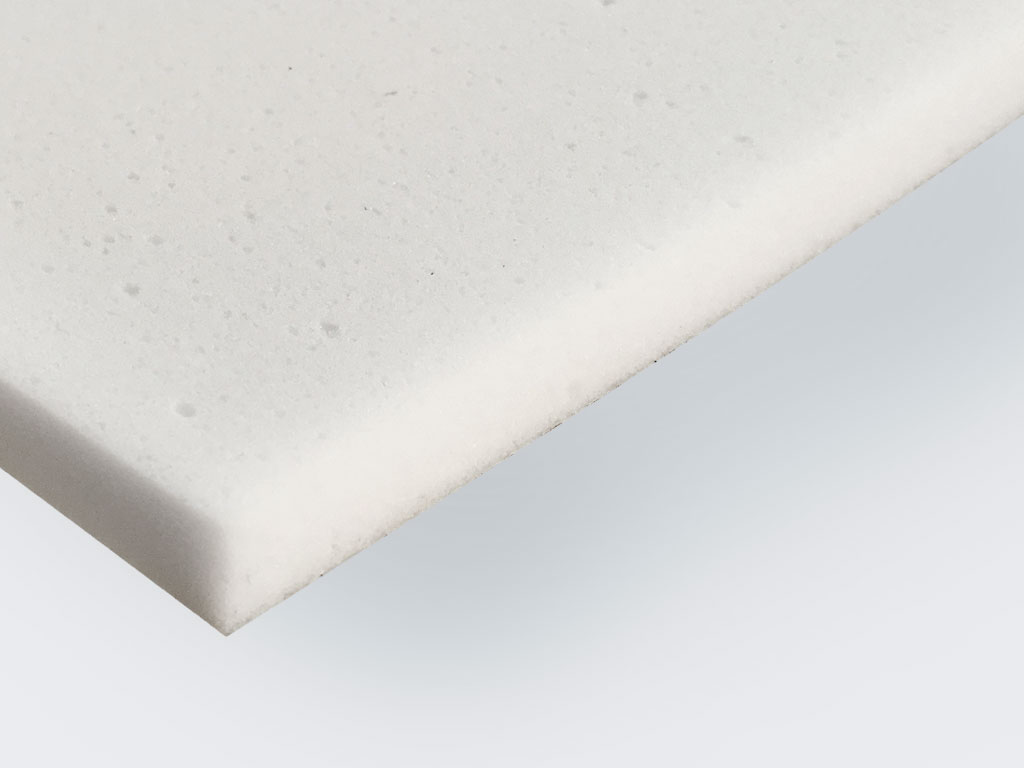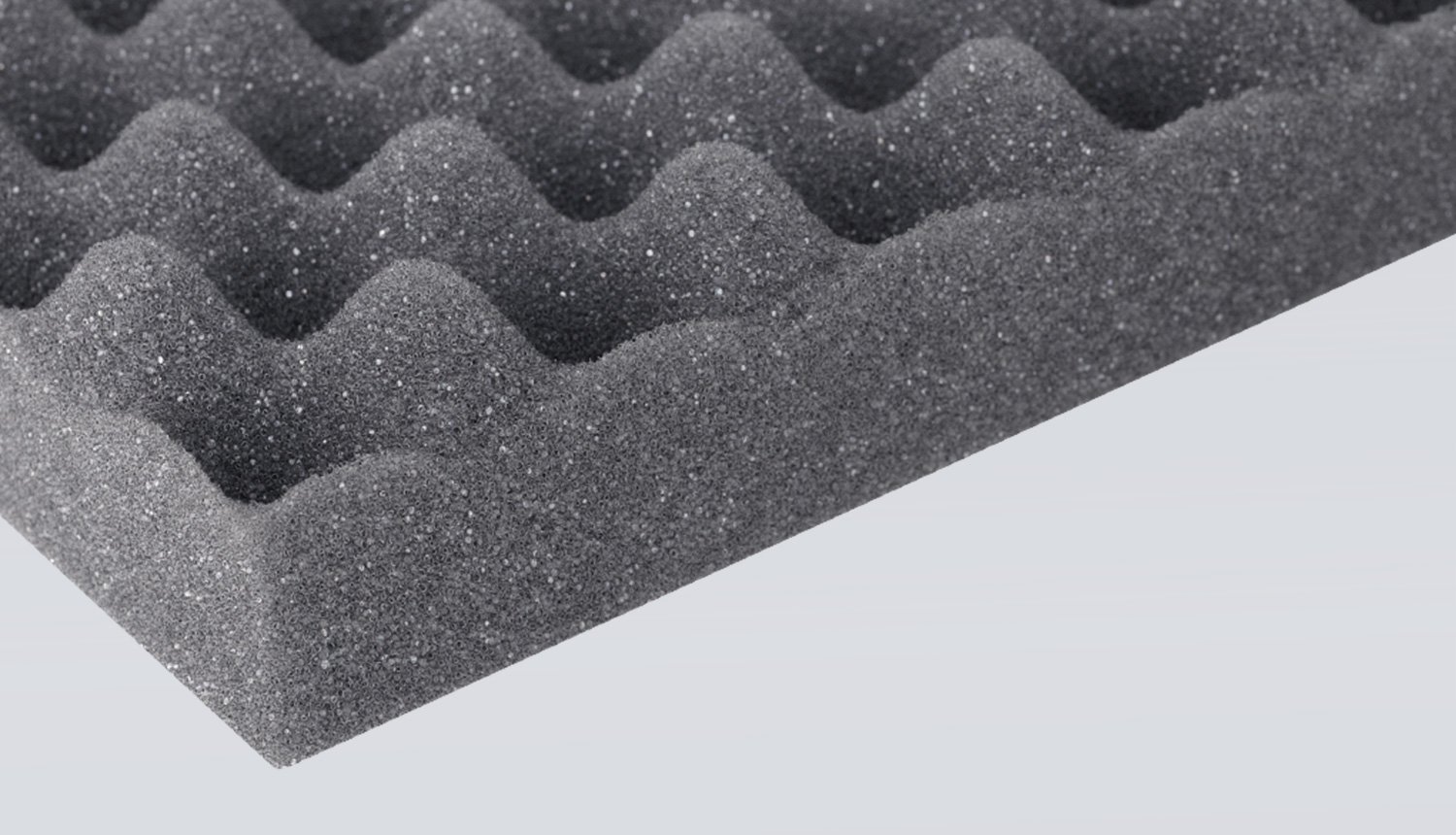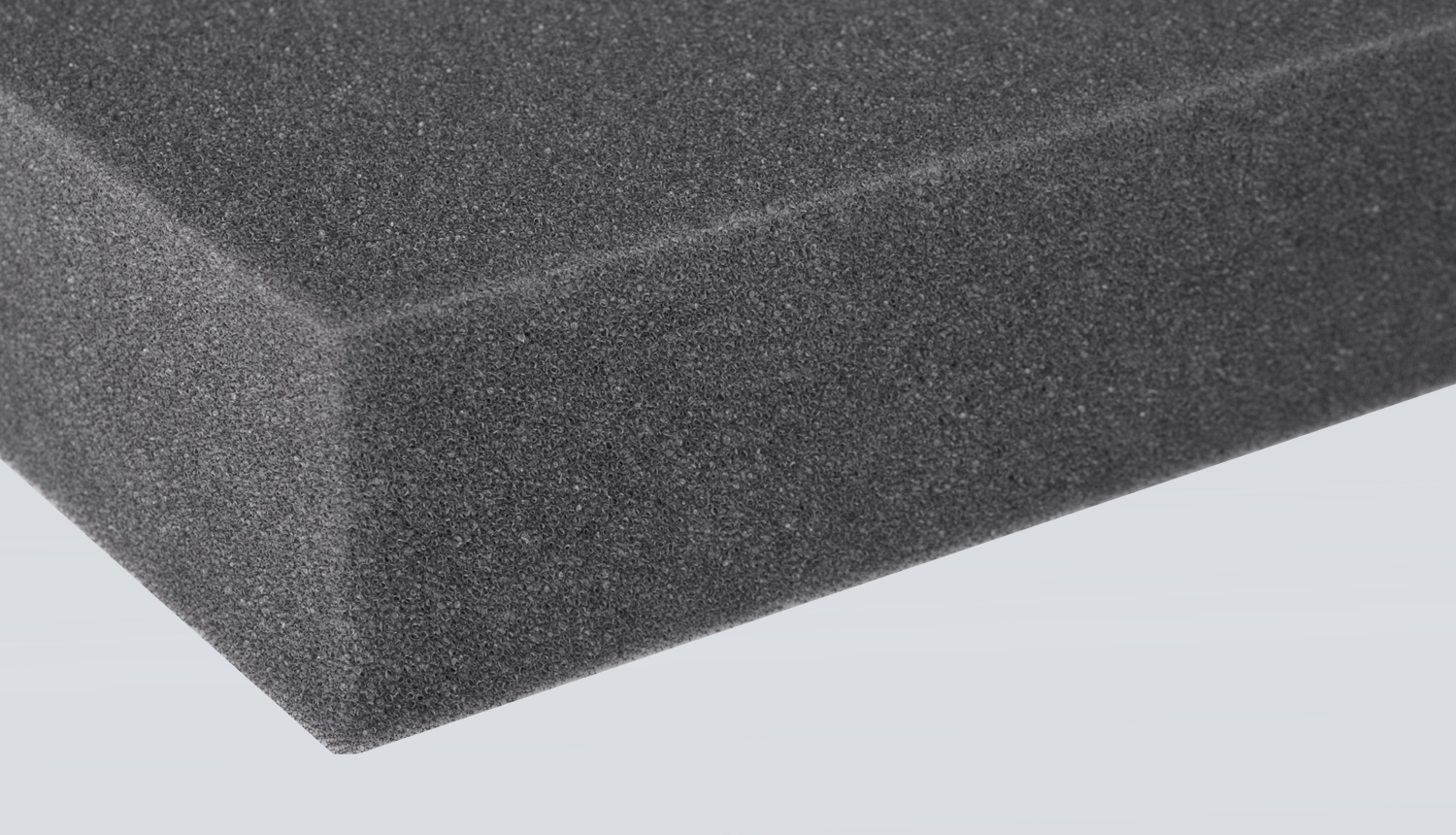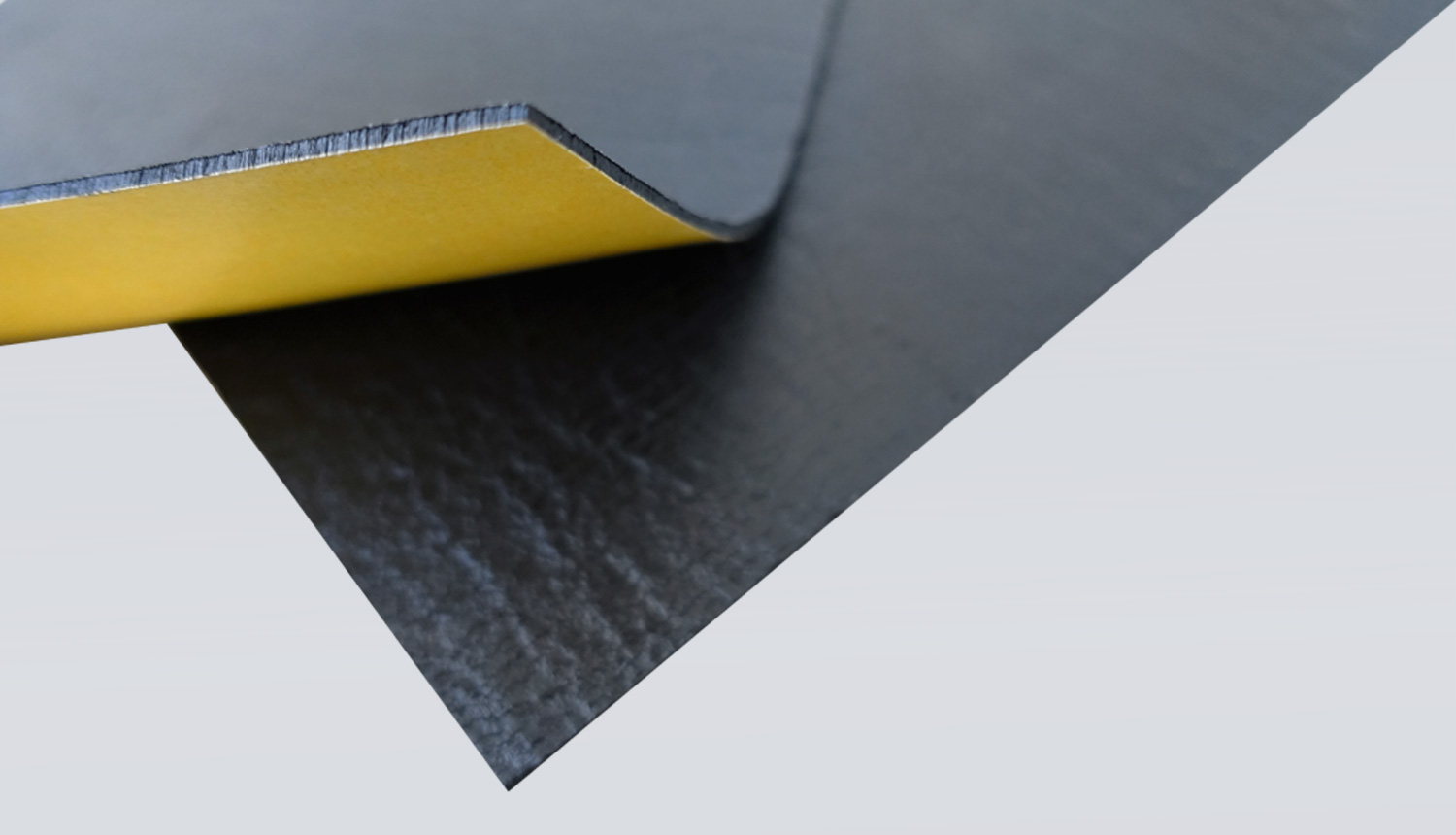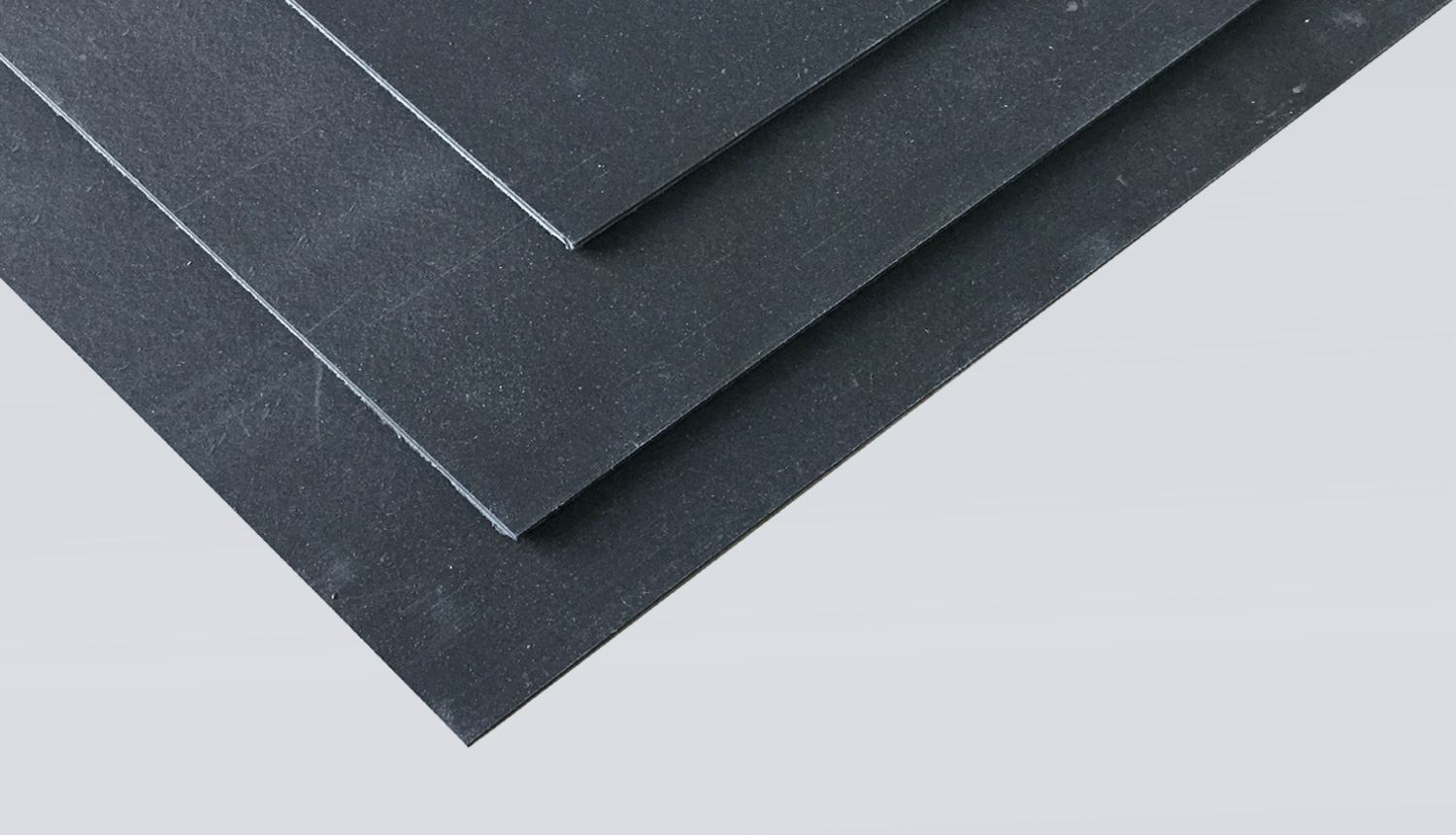Soundproof booths
Soundproof booths Enclosures
Soundproof booths
Online consulting!
Soundproof booth
There are a whole range of noise sources where the propagation of sound can only be limited with the help of a sound-insulating sound enclosure.
The purpose of a sound-insulating enclosure is to reduce the sound radiated by a machine with regard to its propagation.
The following information is intended to provide an overview of the problems encountered in the construction of sound-insulating cabins. The limits of what is technically feasible are also shown.
The content has been compiled in such a way that even the practitioner in the company can use this information to assess the problem and find solutions.
The ventilation of a sound-insulation cabin often also has to be taken into account.
Airborne sound insulation of the cabin wall
The extent to which the noise level is reduced by a closed and sound-absorbingly lined sound-proof cabin depends mainly on the airborne sound insulation of the cabin wall. However, the theoretically possible value is rarely achieved in practice, as openings and leaks influence the sound insulation. In order to achieve a high level of airborne sound insulation, heavy walls (e.g. sheet metal, wooden panels, etc.) are required.
To increase the airborne sound insulation, the cabin interior wall can also be supplemented with an additional Teroform plastic heavy foil or a Teroform bitumen heavy foil.
Reduction of reflection in the sound enclosure
The airborne sound coming from the sound source hits the surface of the cabin interior wall and is reflected there. The reflections result in an increase in level within the enclosure. With sound-reflecting surfaces (e.g. sheet steel), the level can be increased so much that the effectiveness of the enclosure is reduced.
Therefore, effective sound absorption of the cabin interior wall is very important.
Absorbing sound insulation mats are porous and relatively light. The lower the frequency to be absorbed, the thicker the material should be.
Normally a nubby foam with a thickness of 30 mm, a flat foam with a thickness of 30 mm or a melamine foam with a thickness of 30 mm is sufficient.
Insulation losses through openings and leaks
In most cases the maximum possible level reduction due to the cabin design is not achieved, as various unavoidable openings and leaks worsen the result:
- Openings for ventilation and exhaust
- Openings for material supply and removal
- Opening surfaces for pipe or shaft penetrations etc.
The maximum level reduction achievable by a sound enclosure depends not only on the structure of the enclosure wall (airborne sound insulation), but also to a particularly large extent on the total free cross-section of the openings; approx. 1% openings reduce the possible level reduction by approx. 50%.
Structure-borne sound transmissions
If the airborne sound level of a sound source is mainly determined by the structure-borne sound of the system, this further reduces the achievable effect of the sound enclosure. Possible transmission paths for structure-borne sound are
- Missing or insufficient structure-borne sound insulation of the bearing
- Rigid connection of the sound source to the capsule wall
The structure-borne sound transmitted in this way is finally radiated as airborne sound outside the enclosure.
Summary
Good encapsulation includes adapted airborne sound insulation, effective sound absorption on the inside, openings that are as small as possible and structure-borne sound insulation adapted to the conditions.
Vibraplast has a wide range of sound insulation materials which can be cut to size.
Vibraplast AG supplies the sound-absorbing materials, but does not build complete sound-proofing cabins or enclosures.
If noise measurements or expertises on site are required, a partner company of Vibraplast AG is available on request.
Further information can be found in the SUVA brochure: "Noise abatement through enclosures".
Frequently asked questions (FAQ)
The foams can be ordered already equipped with a one-sided self-adhesive. With the self-adhesive made of high-quality acrylate, the foam adheres to most surfaces easily and permanently.
The adhesive selection can be found in our online shop.
In individual cases, depending on the installation situation, the weight or the difficult environmental conditions, it may be necessary to fix the foam insulation materials mechanically in addition.
Heavy foils without self-adhesive device are permanently fixed with 2-component polyurethane adhesive from our product range due to their high own weight.
In general, our processing instructions must be observed.
Sound attenuation can be understood as the prevention of sound spreading through the absorption of airborne sound. The sound energy is converted into inaudible oscillation waves during sound absorption and as a result the reflection at a boundary surface is reduced. The acoustics within the room are improved and the noise is reduced.
Basically it can be said that acoustic panels with an irregular structure (waves, pyramids, nubs) "divide" the sound waves a little better and as a result absorb them better. In the medium and high frequency range, good results can be achieved with a thickness of up to 30 mm. For low frequencies we recommend aksutik panels with a thickness of at least 50 mm or our Silphon bass traps.
Vibra?Quash polyethylene foam with its unique properties is ideally suited for outdoor applications. With minimal water and dust absorption in combination with very good sound absorption, flame-retardant properties and minimal water and dust absorption, this material is ideally suited for outdoor applications. Another advantage is the easy cleaning, the high inherent strength and stiffness therefore allows easy processing and assembly.
Acoustic foams with a PU skin have slightly lower absorption values in the higher frequency range.

